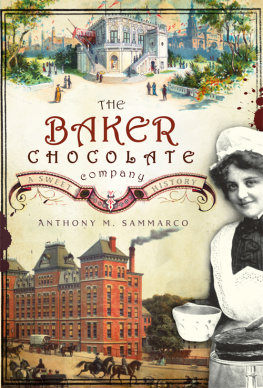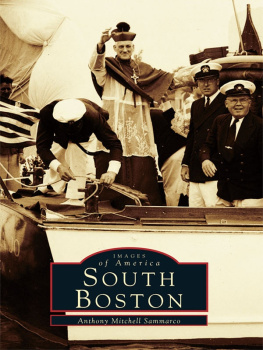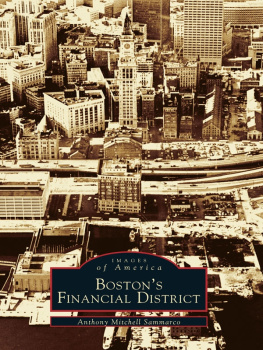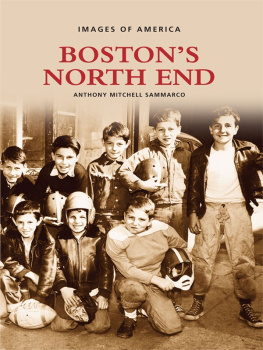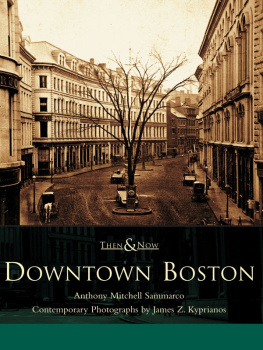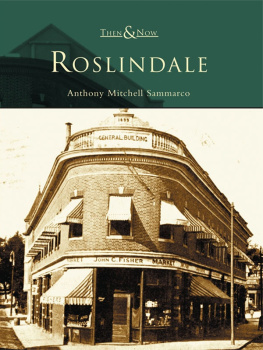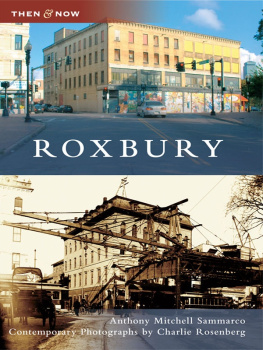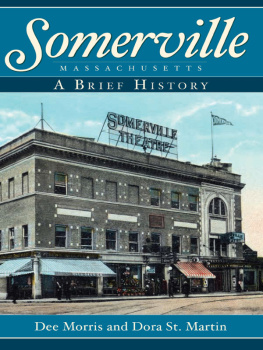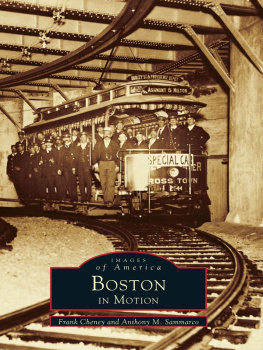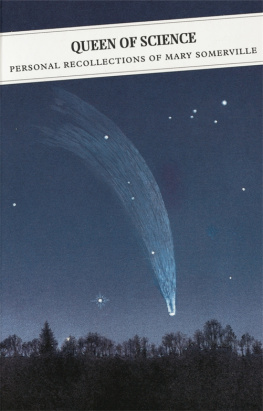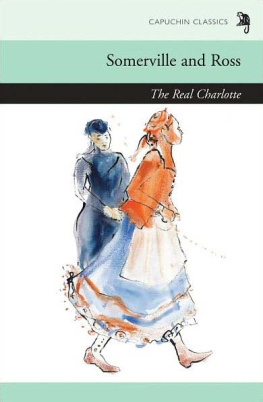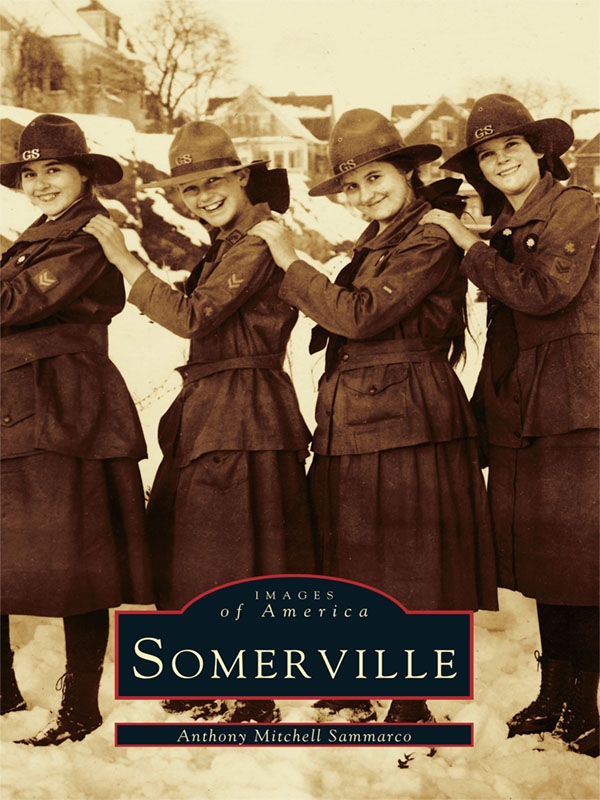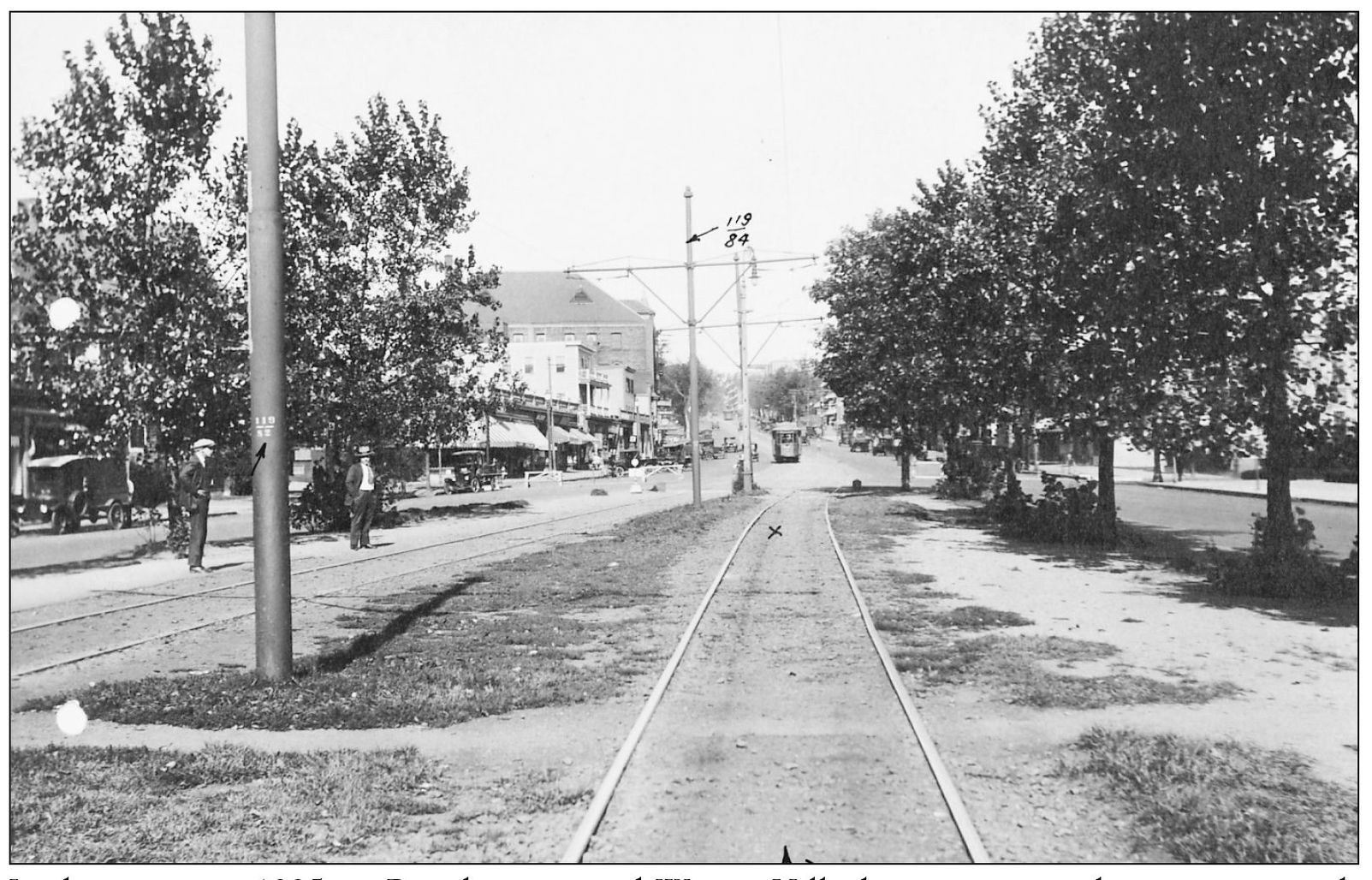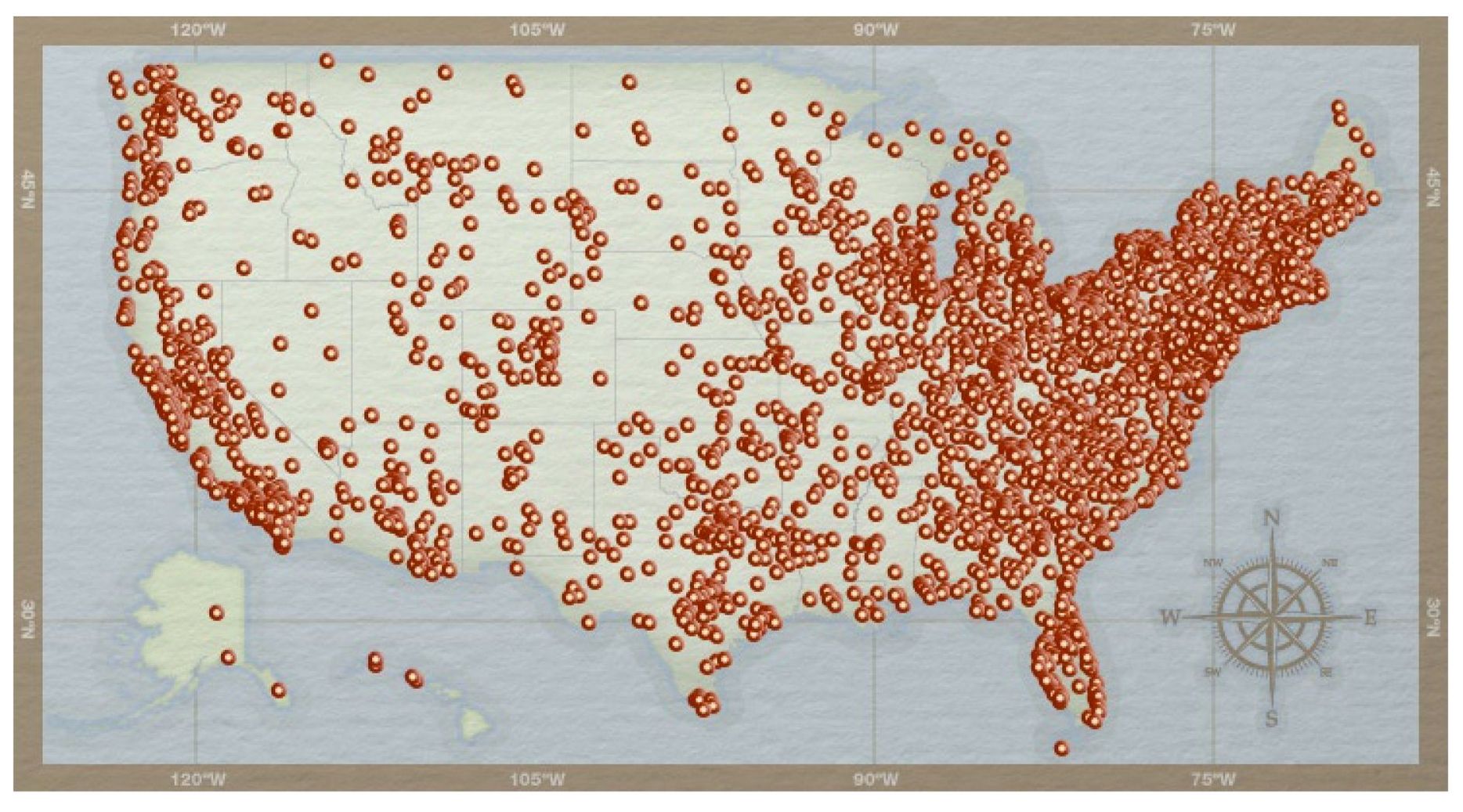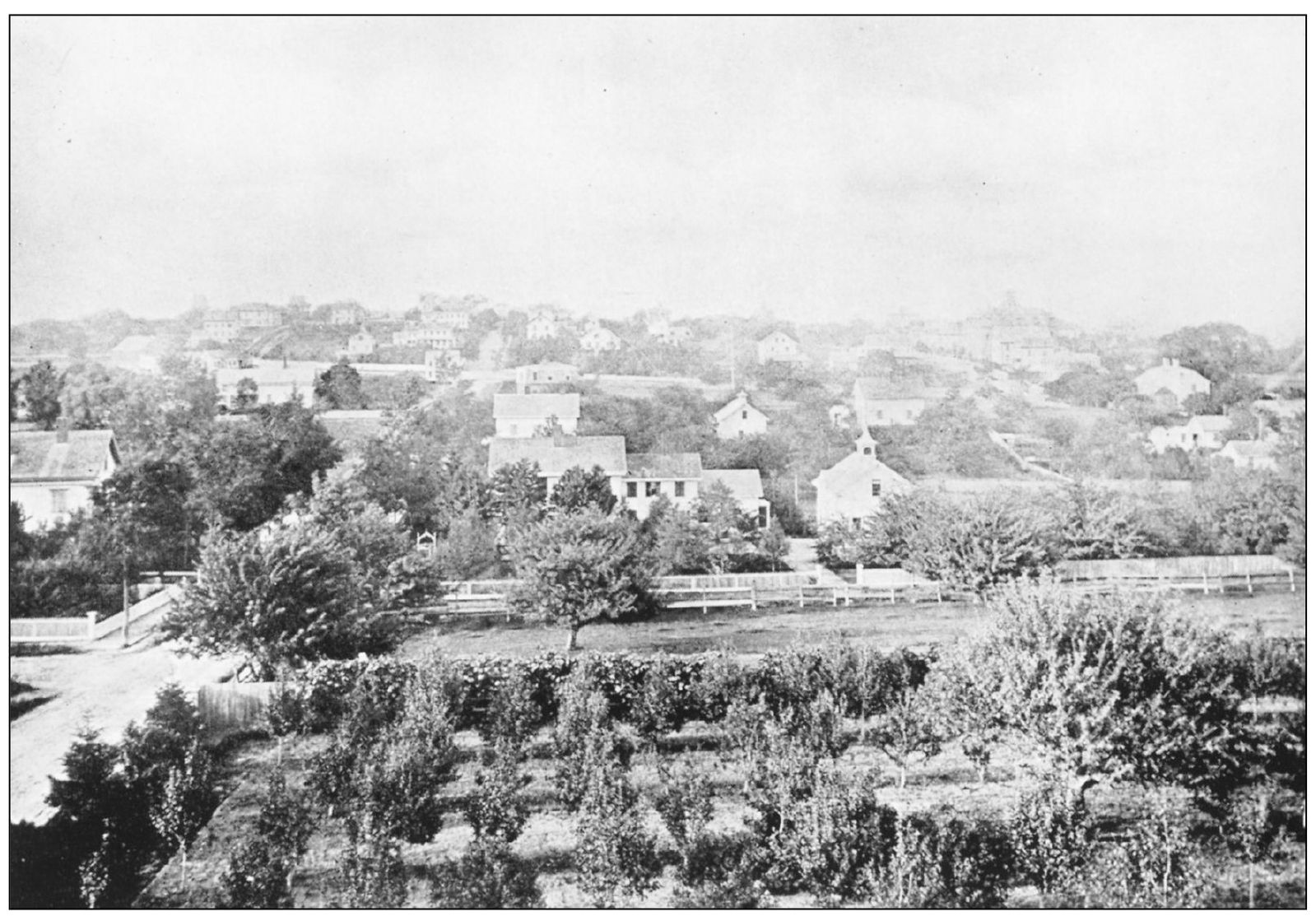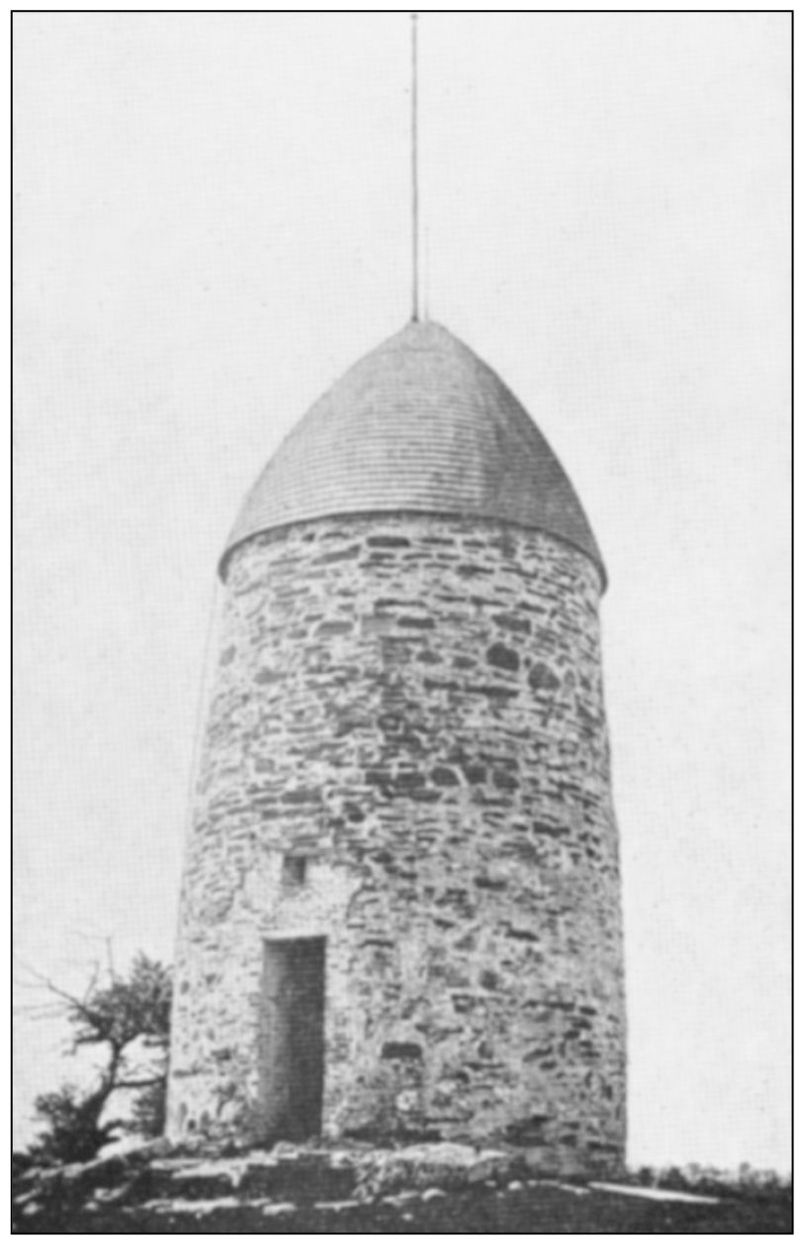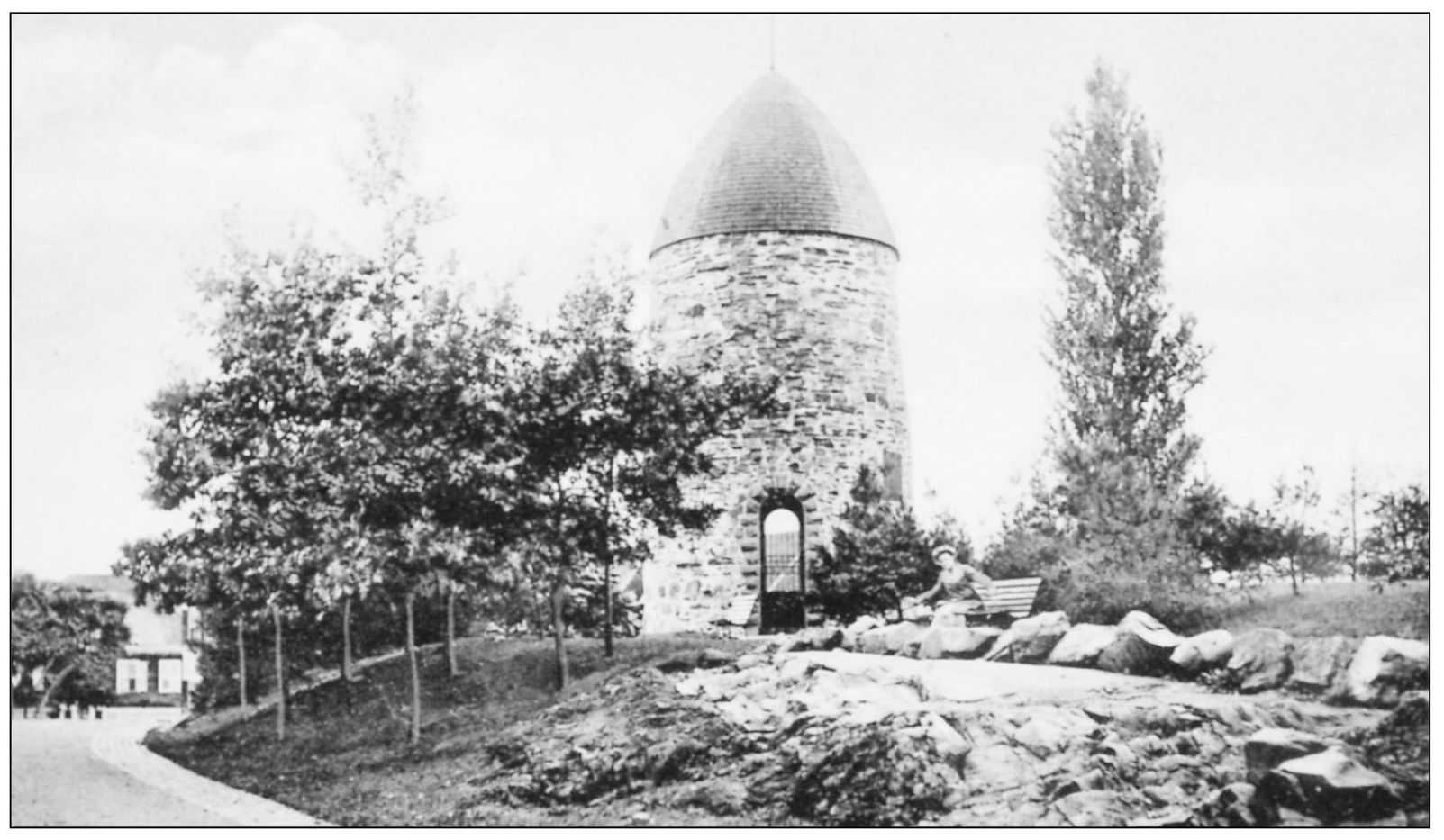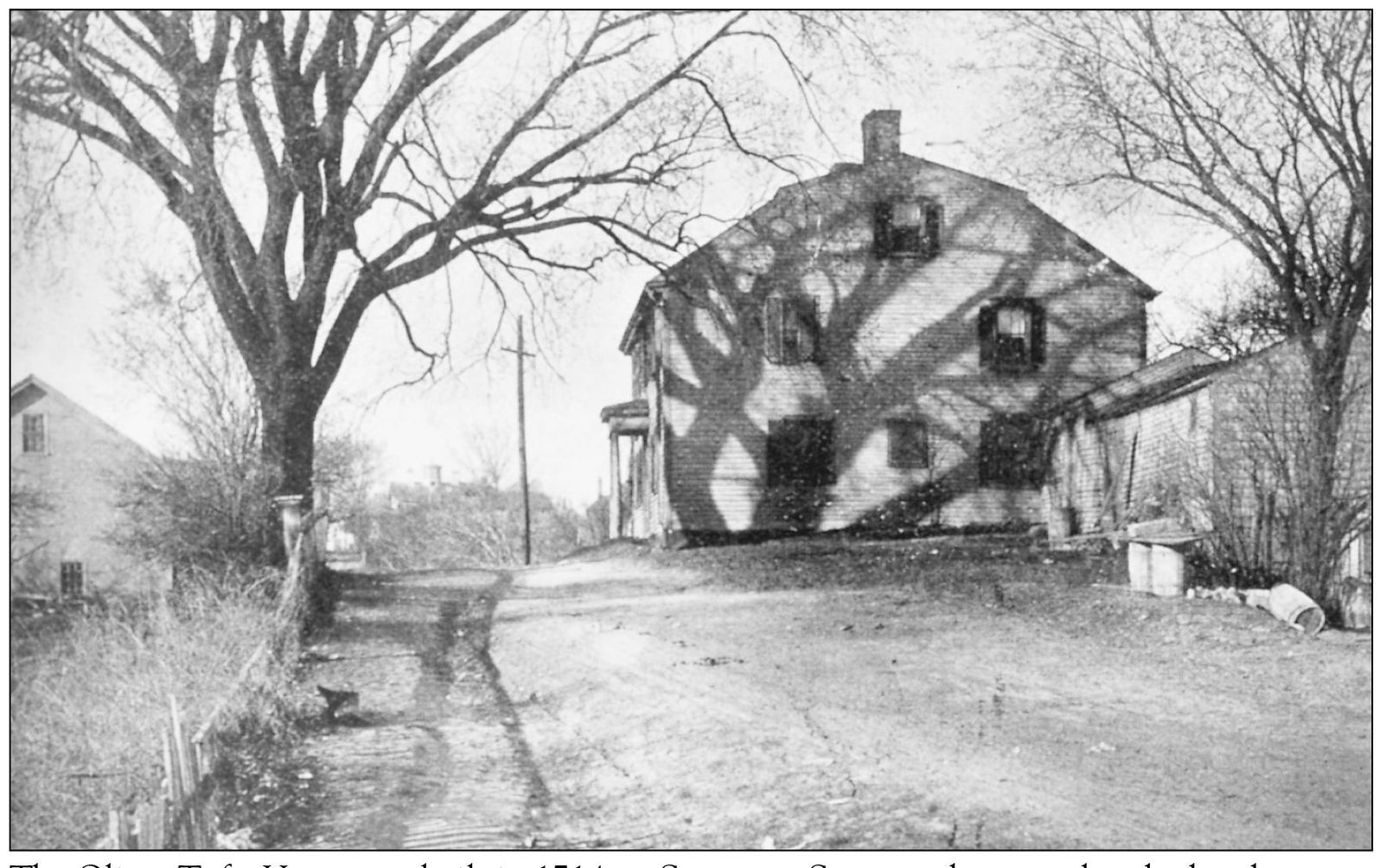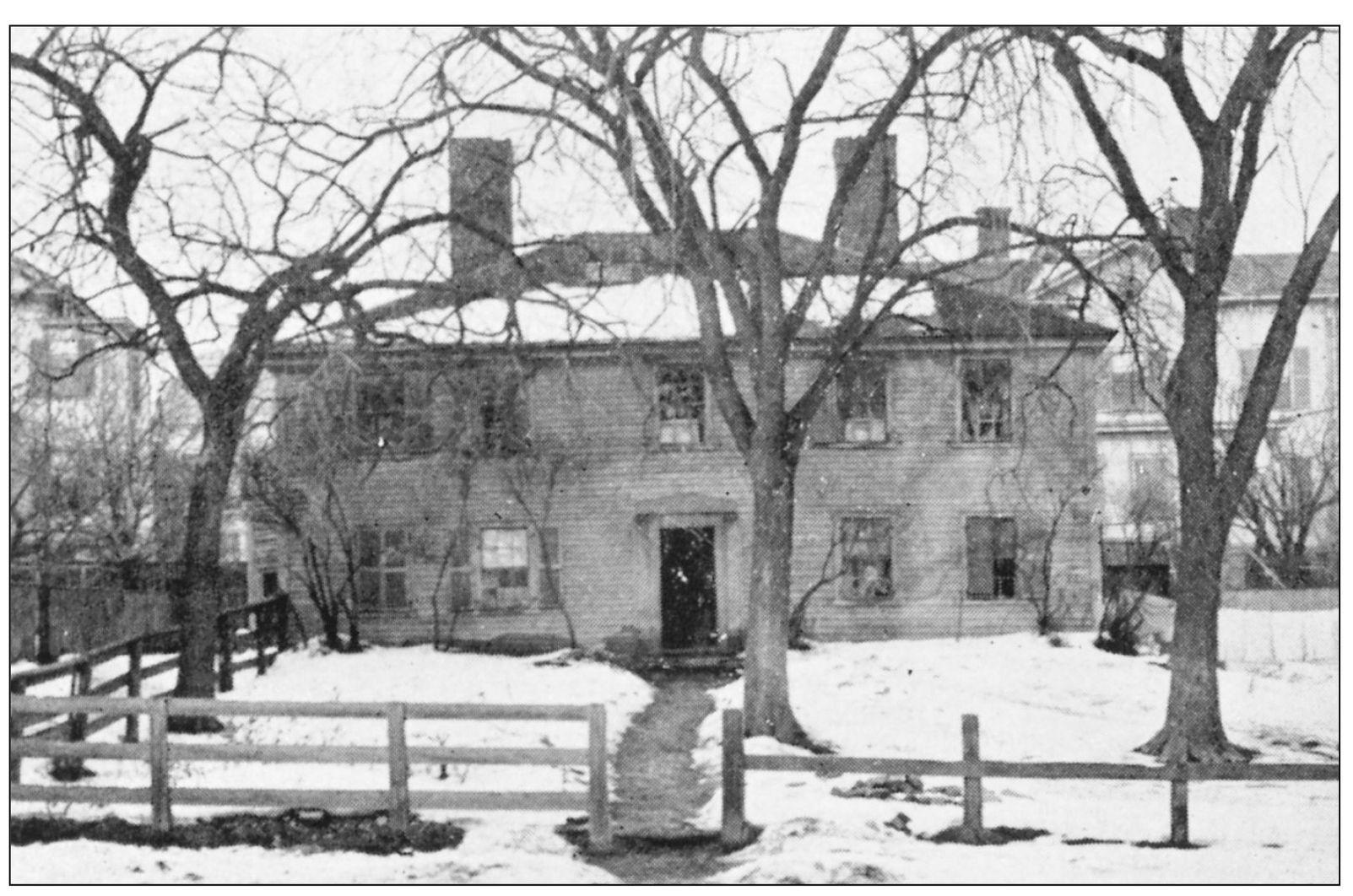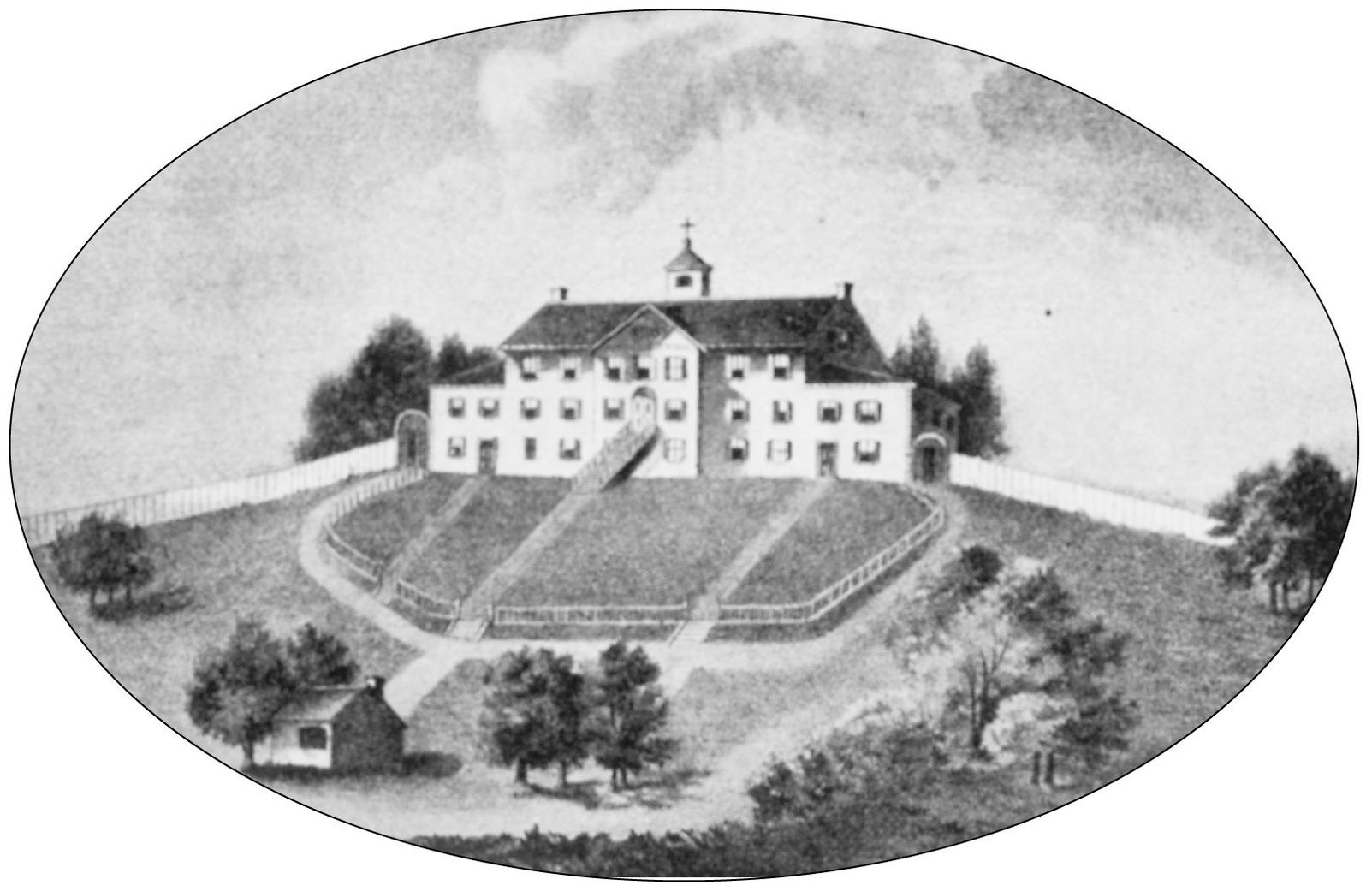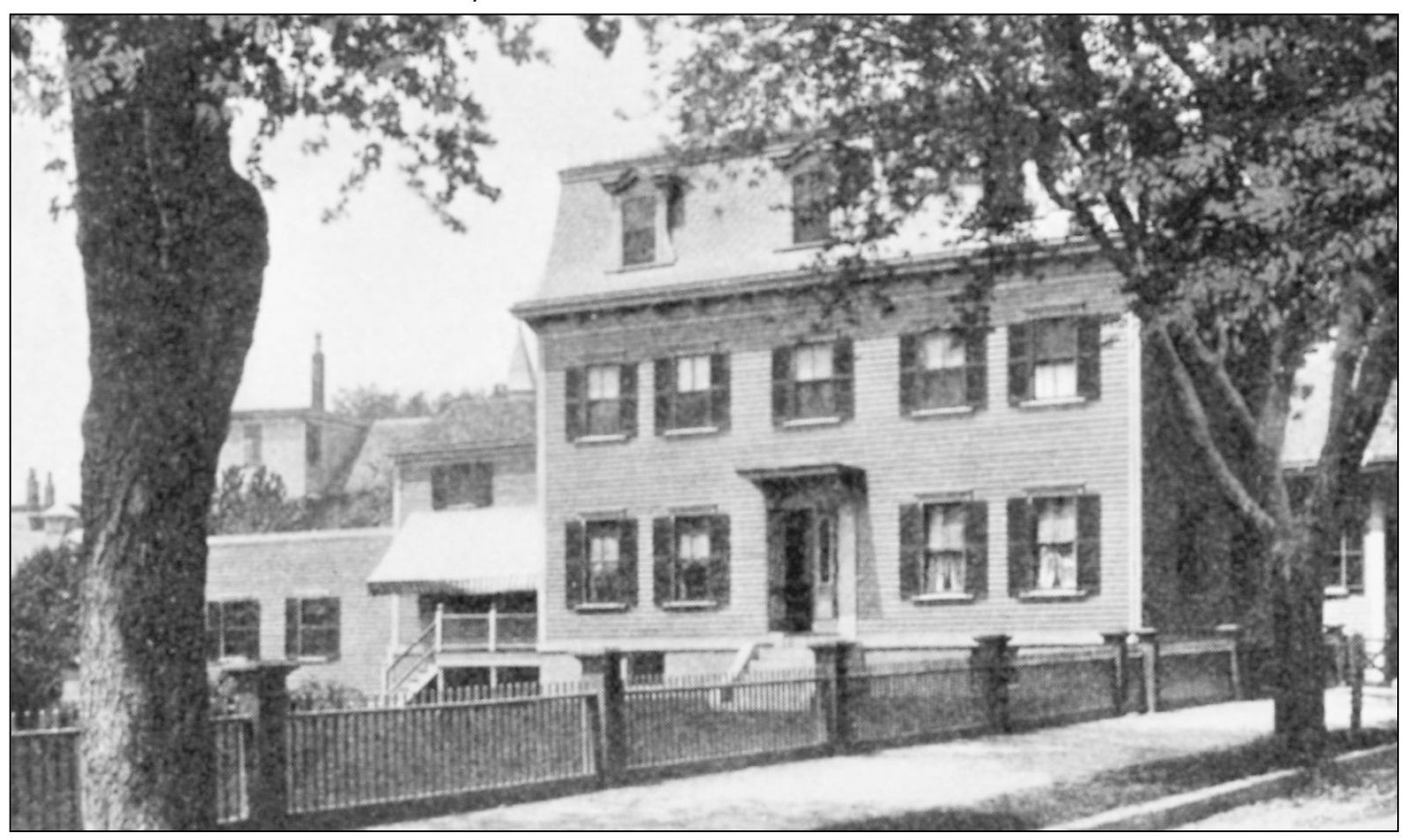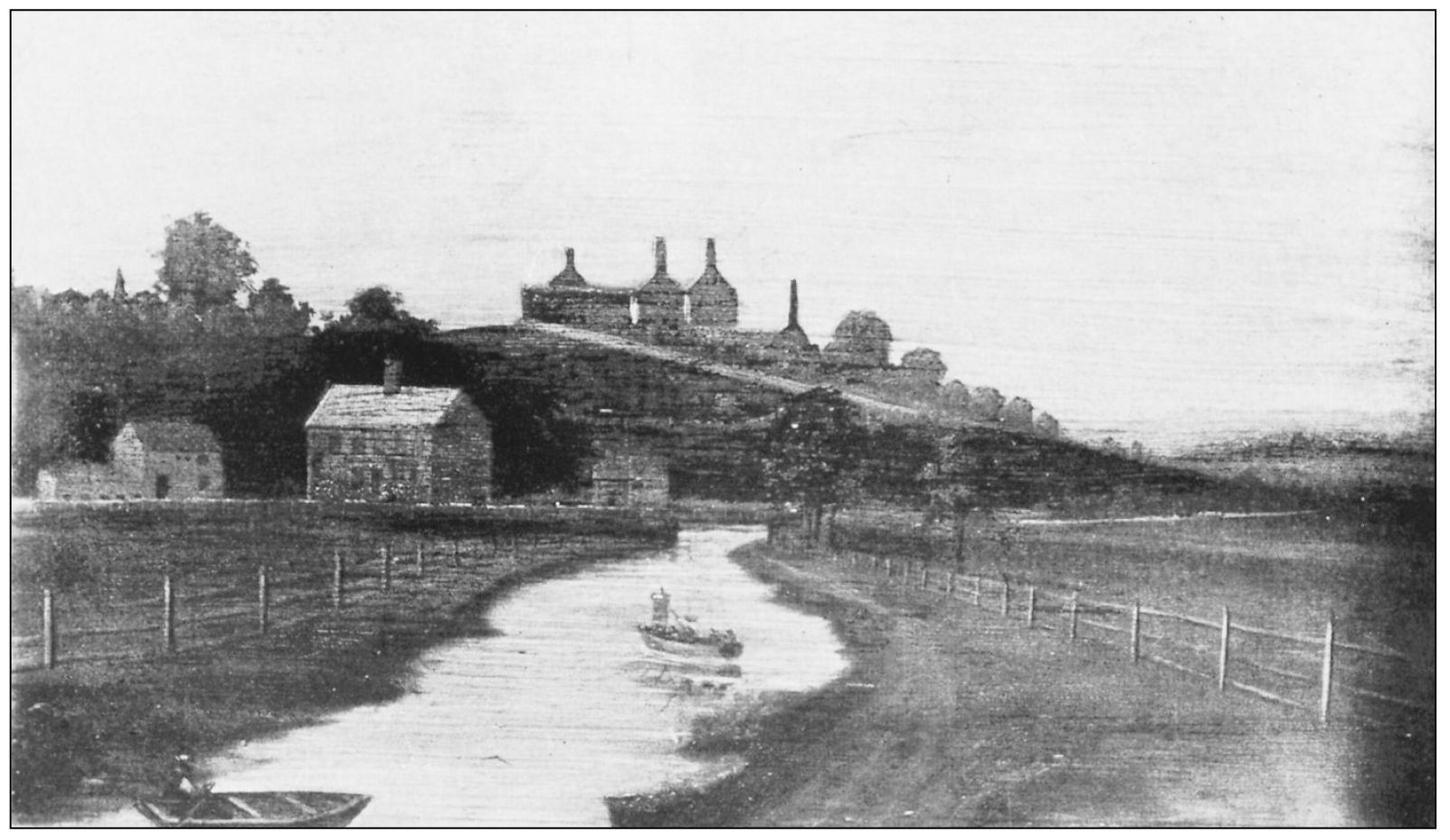Anthony Mitchell Sammarco - Somerville
Here you can read online Anthony Mitchell Sammarco - Somerville full text of the book (entire story) in english for free. Download pdf and epub, get meaning, cover and reviews about this ebook. year: 2003, publisher: Arcadia Publishing, genre: Detective and thriller. Description of the work, (preface) as well as reviews are available. Best literature library LitArk.com created for fans of good reading and offers a wide selection of genres:
Romance novel
Science fiction
Adventure
Detective
Science
History
Home and family
Prose
Art
Politics
Computer
Non-fiction
Religion
Business
Children
Humor
Choose a favorite category and find really read worthwhile books. Enjoy immersion in the world of imagination, feel the emotions of the characters or learn something new for yourself, make an fascinating discovery.
- Book:Somerville
- Author:
- Publisher:Arcadia Publishing
- Genre:
- Year:2003
- Rating:4 / 5
- Favourites:Add to favourites
- Your mark:
Somerville: summary, description and annotation
We offer to read an annotation, description, summary or preface (depends on what the author of the book "Somerville" wrote himself). If you haven't found the necessary information about the book — write in the comments, we will try to find it.
Once a part of Charlestown that could only be reached via The Neck (present-day Sullivan Square), Somerville became accessible from Boston with the construction of the Middlesex Canal and the extension of various rail lines in the mid- to late nineteenth century. By 1842, Somervilles population had increased to the point that the town officially separated itself from Charlestown. Over the years, the population continued to grow. With the increase in population came tremendous change, including the subdivision of farms and estates for residential neighborhoods. The city of Somerville was incorporated in 1871, and the bucolic borough became the beloved hometown of many residents over the next century. Described by Mayor Edward Glines as healthy, morally clean, comfortable and convenient, Somerville has thrived for years as an attractive, modern residential neighborhood.
Anthony Mitchell Sammarco: author's other books
Who wrote Somerville? Find out the surname, the name of the author of the book and a list of all author's works by series.


